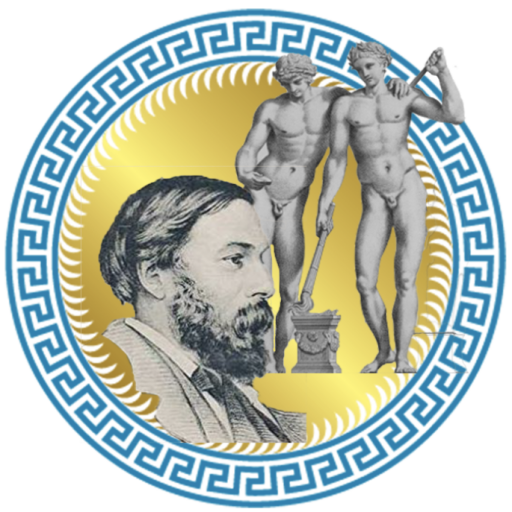Category: Student Blog
The Case of the Missing Marginalia
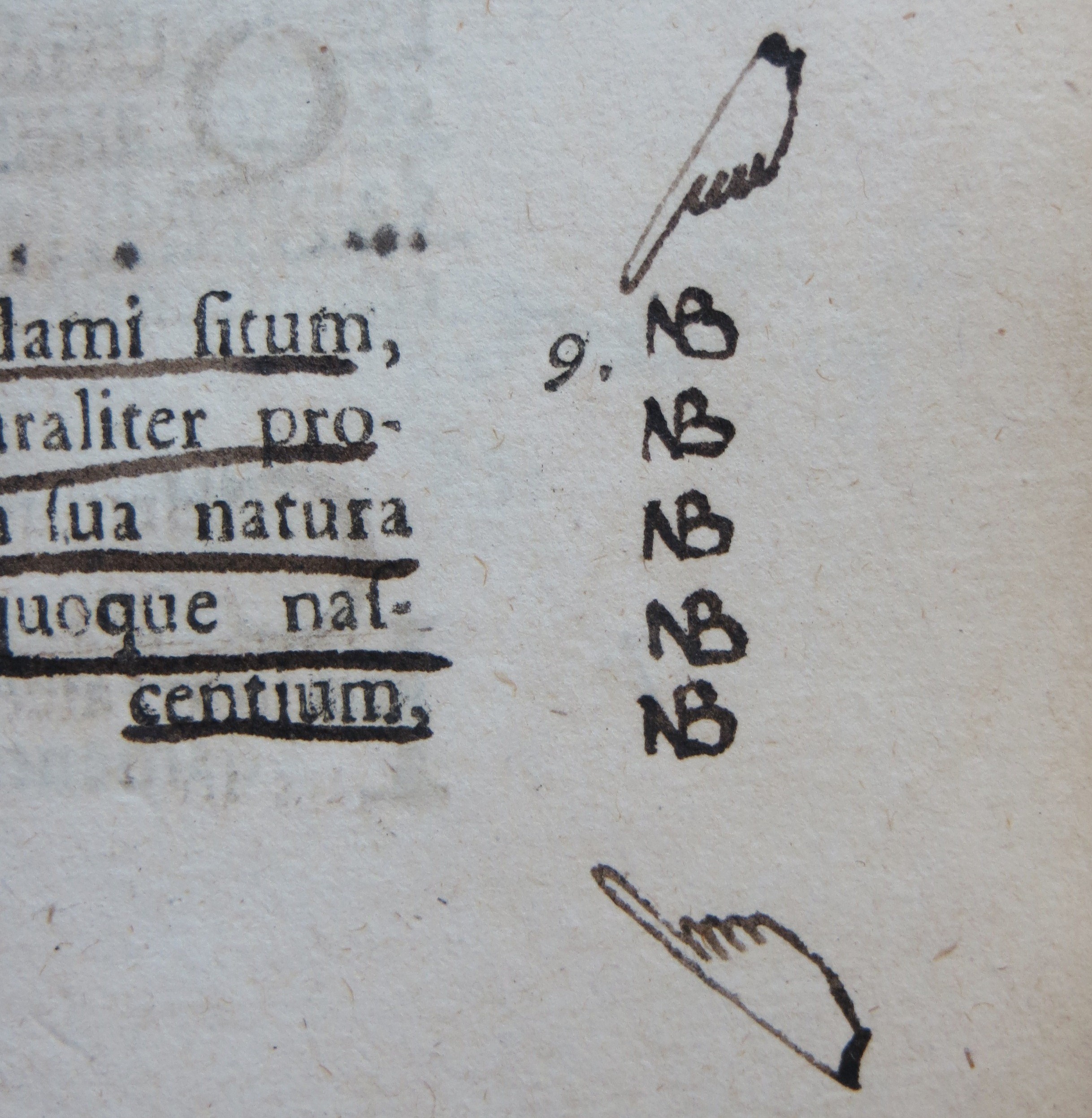 Ryan Warwick
Ryan WarwickClifton Hill House loomed large over the life of John Addington Symonds. This structure, with its bright neoclassical facade and its dark Victorian interior could stand in for Symonds himself. The scholar’s luminous career also hid a brooding and tortured inner life. Clifton Hill House’s paneled living rooms full of curiosities formed the backdrop for … Continue reading The Case of the Missing Marginalia
Ionica, Love, and Loss
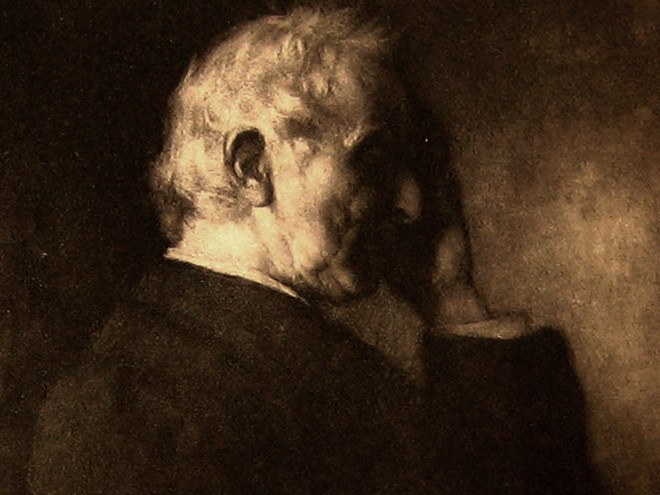 Katherine Logan
Katherine Logan
In his Memoirs, John Addington Symonds writes of his relationship with his Classics Professor John Conington at Harrow as an “almost wholly good” friendship (170). He describes Conington as a “scrupulously moral and cautious man,” yet also as someone that “sympathized with romantic attachments for boys” (170). Based on Symonds’ account, their relationship was not erotically … Continue reading Ionica, Love, and Loss
The “Insanity” of Symonds’ Genius
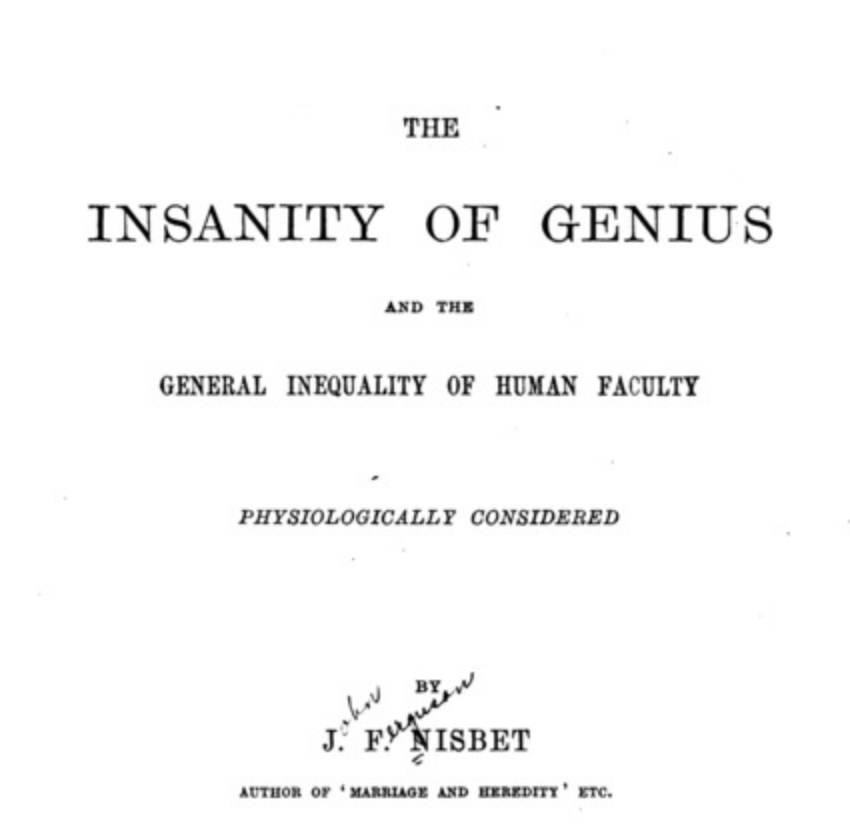 Greg Goldberg
Greg Goldberg
In John Addington Symonds’ Memoirs, a passing comment and marginal note regarding J. F. Nisbet’s The Insanity of Genius and the General Inequality of Human Faculty subtly reveals Symonds’ contention with the theories of his contemporaries regarding a cause for differences in sexuality. In the second chapter of his Memoirs, titled “Containing Material Which None … Continue reading The “Insanity” of Symonds’ Genius
Symonds’ Comradeship through Leaves of Grass
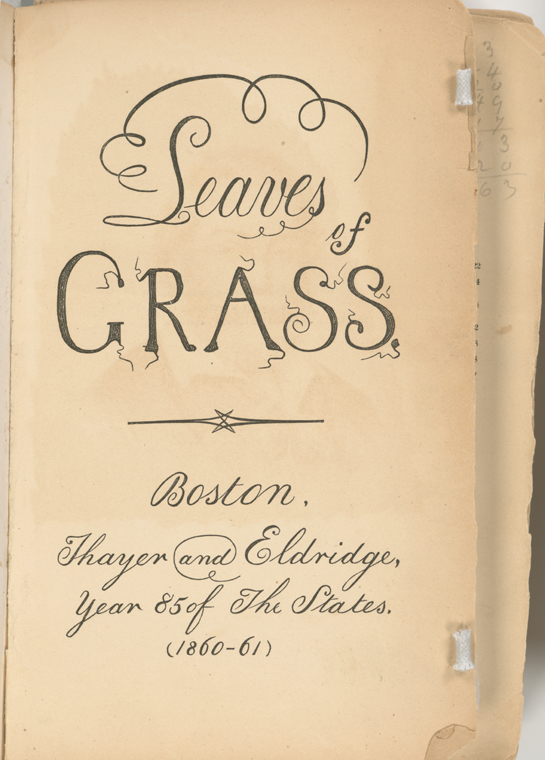 Madeleine Nasta
Madeleine Nasta
John Addington Symonds exchanged many letters throughout his life with American poet Walt Whitman. He records his first interaction with Whitman’s Leaves of Grass with fervor: “The book became for me a sort of Bible… I … tried to invigorate the emotion I could not shake off by absorbing Whitman’s conception of comradeship” (Memoirs, 368). … Continue reading Symonds’ Comradeship through Leaves of Grass
Symonds, Ulrichs, and German Sexology
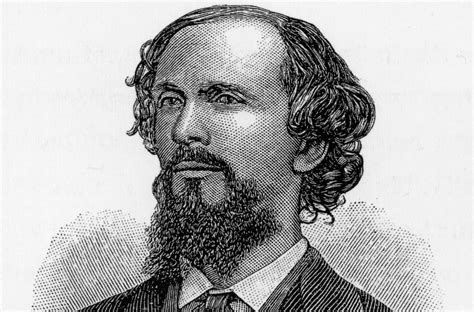 Ted Tak
Ted Tak
Karl Heinrich Ulrichs’ series of twelve pamphlets, Forschungen über das Rätsel der mannmännlichen Liebe (“Research on the riddle on male-male love”), published between 1864 and 1870, comprise a seminal work in the history of sexuality. For Symonds, Ulrichs’ texts lay the foundation for his understanding of “sexual inversion,” the more common term and concept before … Continue reading Symonds, Ulrichs, and German Sexology
Love and Destiny Intertwined
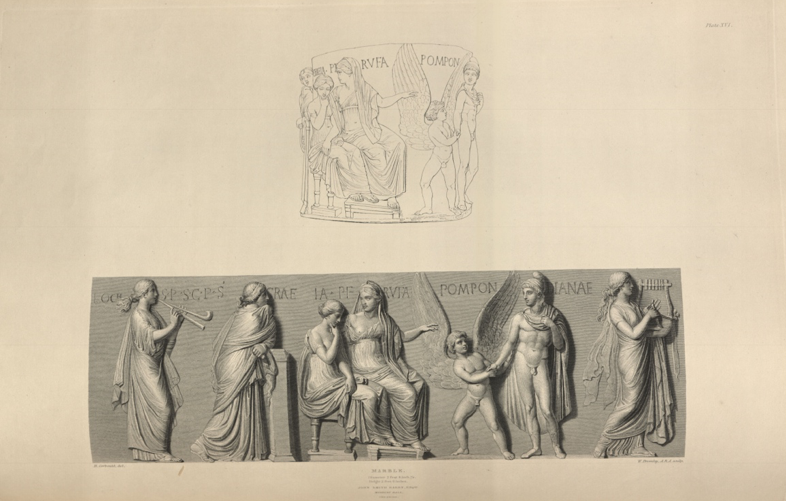 Katherine Logan
Katherine Logan
In his Memoirs, Symonds wrote that his “house was well stocked with engravings, photographs, copies of Italian pictures and illustrated works upon Greek sculpture” and more. He considered “the two large folios issued by the Dilettante Society” as “among his chief favorites” (118). The Society of Dilettanti, the group of men that compiled such collections, was founded in … Continue reading Love and Destiny Intertwined
Symonds on Gothic Architecture
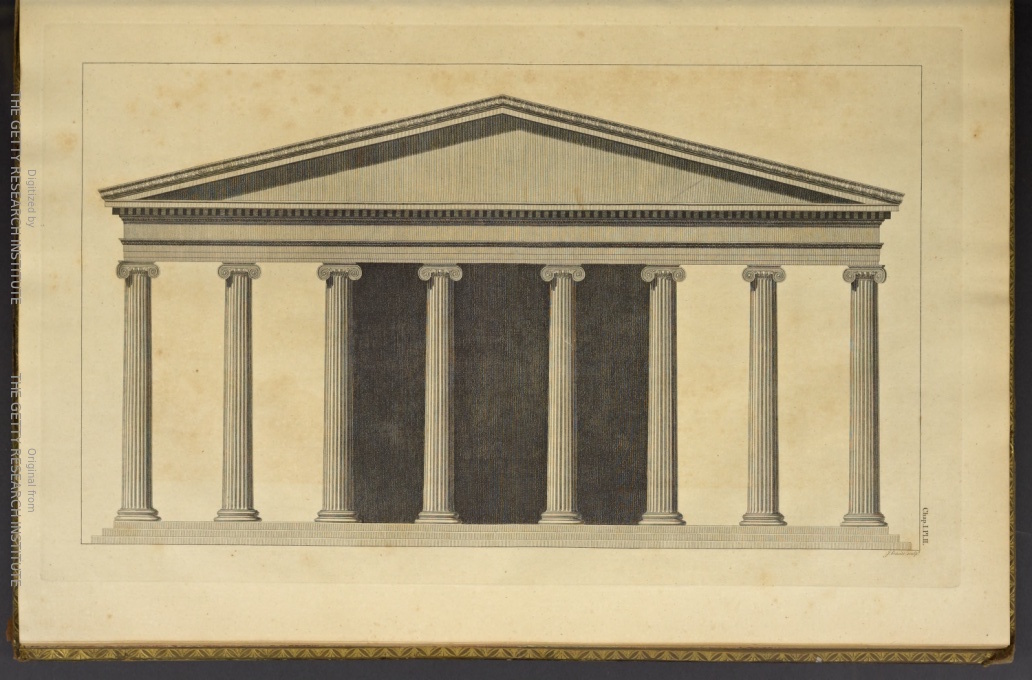 Greg Goldberg
Greg Goldberg
It is clear that John Addington Symonds was more than inundated with images of classical-style architecture from large-form sketches to more nuanced blueprint-like drawings—images like those from the Society of Dilettanti’s Ionian Antiquities. The images pictured below display conventional elements of Classical architecture: Ionic columns, measured forms that are easy to read, golden ratio proportions, … Continue reading Symonds on Gothic Architecture
Apollo: From the Page to the Mind of J. A. Symonds
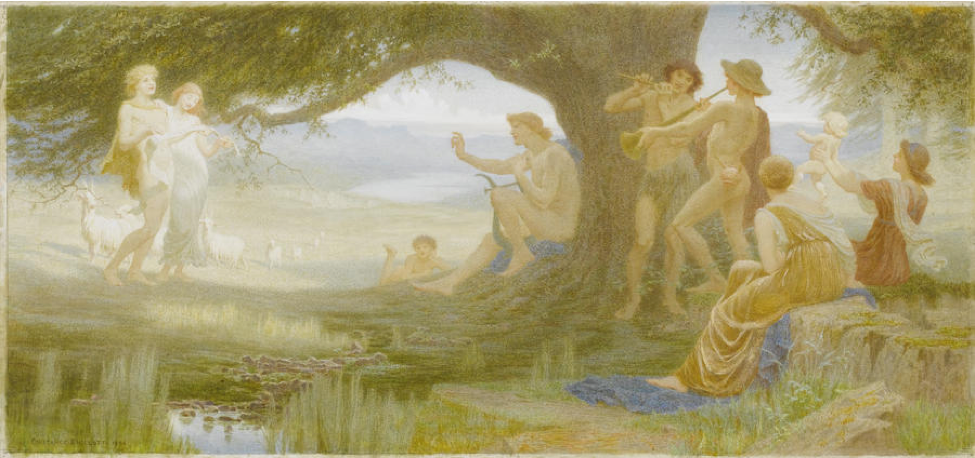 Ted Tak
Ted Tak
John Addington Symonds was exposed to classical Greco-Roman art through the large illustrated folios in the library in his childhood home in Clifton. In his Memoirs, Symonds recalls that his house “was well stocked with engravings, photographs, copies of Italian pictures, and illustrated works upon Greek sculpture.” (118). From this large collection, Symonds mentions that … Continue reading Apollo: From the Page to the Mind of J. A. Symonds
Symonds’ Love for Flaxman’s Apollo
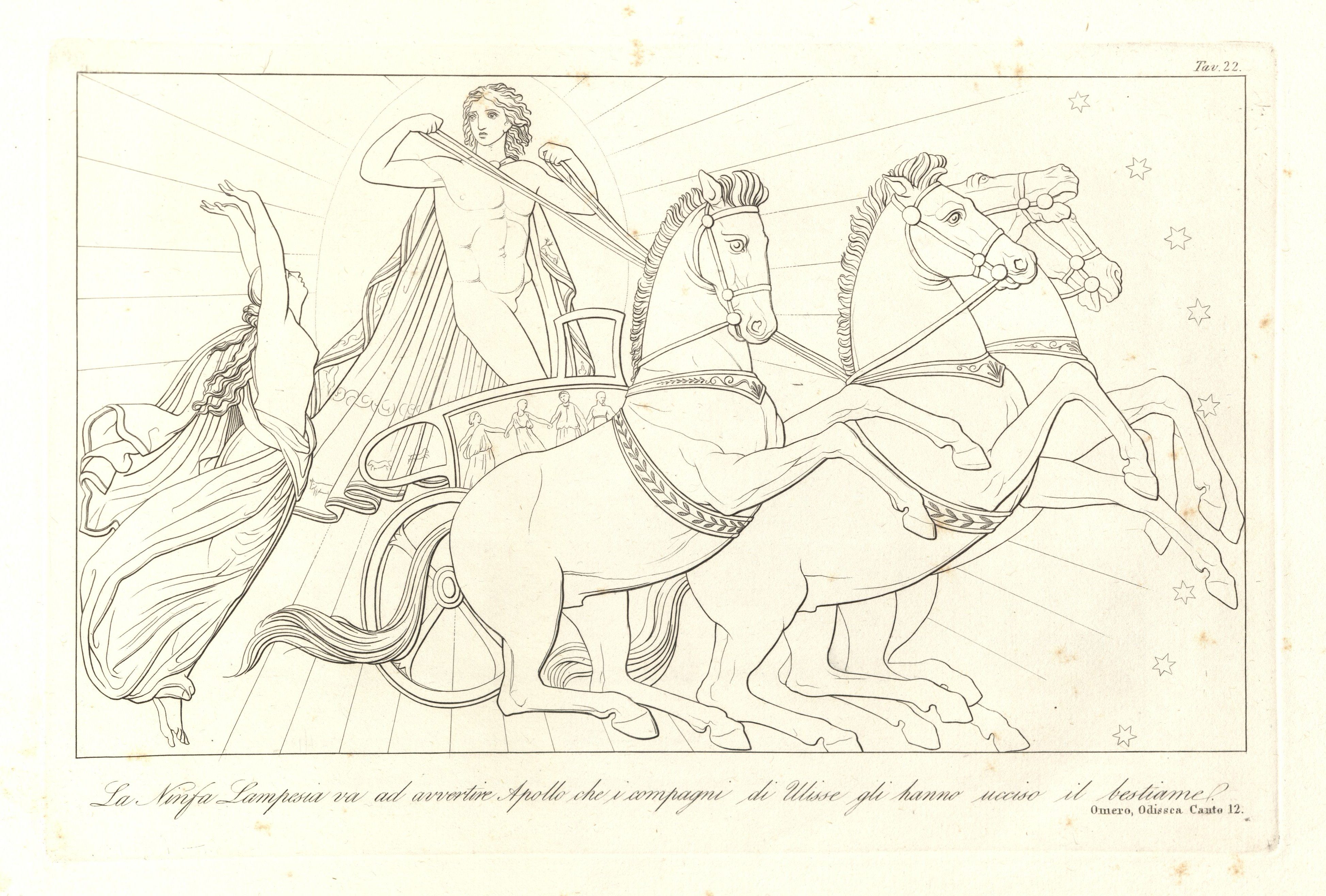 Madeleine Nasta
Madeleine Nasta
John Addington Symonds was familiar with Greek myth and indulged a particular affection for its visual depiction. He had access to a multitude of books in his family’s home but reveals that he spent much time in his youth with European books of images and mentions John Flaxman specifically. Symonds writes, “I was very fond … Continue reading Symonds’ Love for Flaxman’s Apollo
Symonds and Vernon Lee’s Belcaro: A polite disagreement
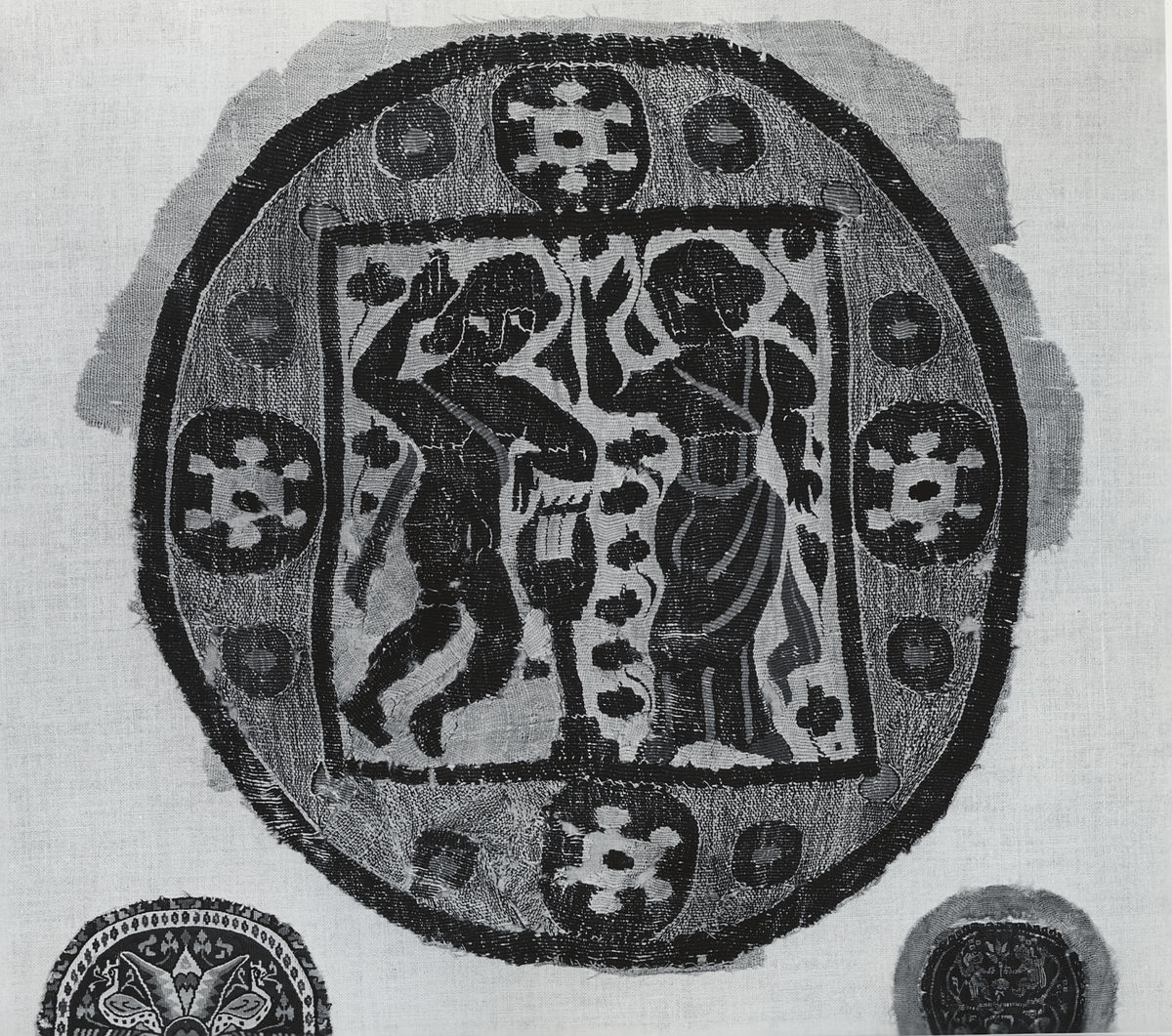 Yiyang
Yiyang
A quick author’s note first: for the three blog posts I have written so far, I started by looking at Symonds’ memoirs, then his letters, to search for evidence linking him with to the book/image/author in question. I would then read the source. I decided to try a different approach this time. I picked a … Continue reading Symonds and Vernon Lee’s Belcaro: A polite disagreement
